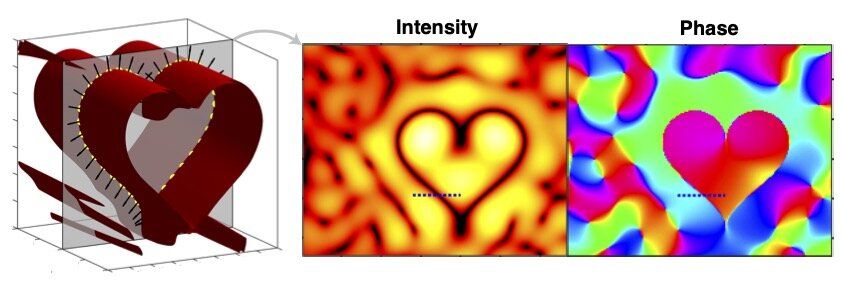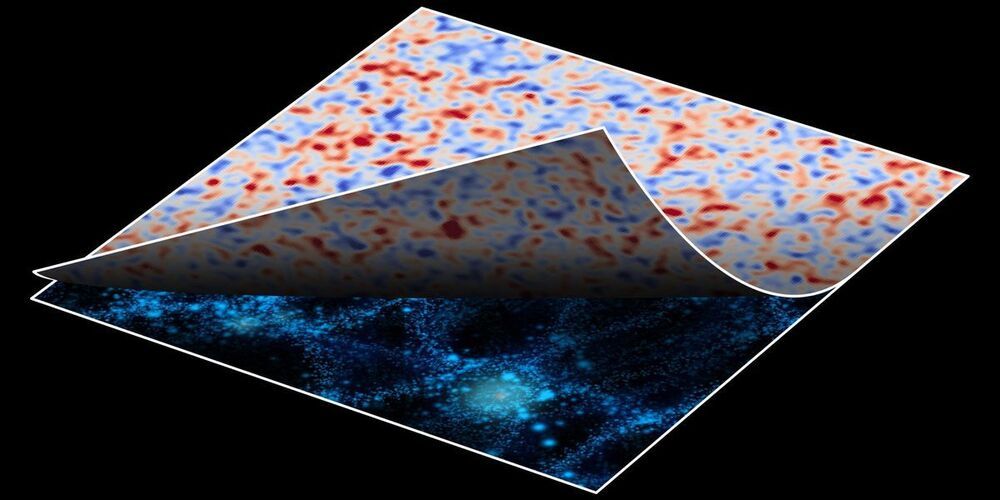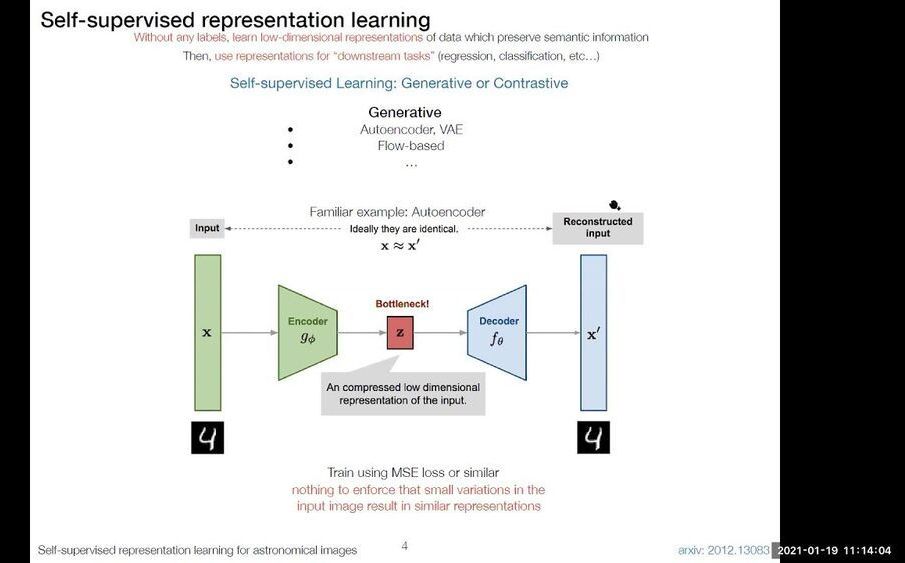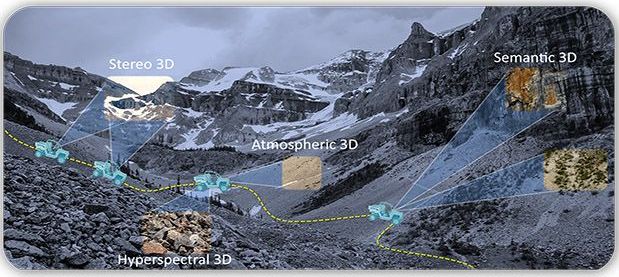Melanie Mitchell has worked on digital minds for decades. She says they’ll never truly be like ours until they can make analogies.



The ‘ModiPwn’ bug lays open production lines, sensors, conveyor belts, elevators, HVACs and more that use Schneider Electric PLCs.
A critical remote code-execution (RCE) vulnerability in Schneider Electric programmable logic controllers (PLCs) has come to light, which allows unauthenticated cyberattackers to gain root-level control over PLCs used in manufacturing, building automation, healthcare and enterprise environments.
If exploited, attackers could impact production lines, sensors and conveyor belts in factory settings, according to the researchers at Armis who discovered the bug – as well as affect devices familiar to the everyday consumer, such as elevators, HVACs and other automated devices.

When we think about singularities, we tend to think of massive black holes in faraway galaxies or a distant future with runaway AI, but singularities are all around us. Singularities are simply a place where certain parameters are undefined. The North and South Pole, for example, are what’s known as coordinate singularities because they don’t have a defined longitude.
Optical singularities typically occur when the phase of light with a specific wavelength, or color, is undefined. These regions appear completely dark. Today, some optical singularities, including optical vortices, are being explored for use in optical communications and particle manipulation but scientists are just beginning to understand the potential of these systems. The question remains—can we harness darkness like we harnessed light to build powerful, new technologies?
Now, researchers from the Harvard John A. Paulson School of Engineering and Applied Sciences (SEAS) have developed a new way to control and shape optical singularities. The technique can be used to engineer singularities of many shapes, far beyond simple curved or straight lines. To demonstrate their technique, the researchers created a singularity sheet in the shape of a heart.

“You can also engineer dead zones in radio waves or silent zones in acoustic waves,” said Lim. “This research points to the possibility of designing complex topologies in wave physics beyond optics, from electron beams to acoustics.”
When we think about singularities, we tend to think of massive black holes in faraway galaxies or a distant future with runaway AI, but singularities are all around us. Singularities are simply a place where certain parameters are undefined. The North and South Pole, for example, are what’s known as coordinate singularities because they don’t have a defined longitude.
Optical singularities typically occur when the phase of light with a specific wavelength, or color, is undefined. These regions appear completely dark. Today, some optical singularities, including optical vortices, are being explored for use in optical communications and particle manipulation but scientists are just beginning to understand the potential of these systems. The question remains — can we harness darkness like we harnessed light to build powerful, new technologies?
Now, researchers from the Harvard John A. Paulson School of Engineering and Applied Sciences (SEAS) have developed a new way to control and shape optical singularities. The technique can be used to engineer singularities of many shapes, far beyond simple curved or straight lines. To demonstrate their technique, the researchers created a singularity sheet in the shape of a heart.


Artificial intelligence (AI) seems to power all sorts of devices nowadays. Why not a lawn mower, too?

Jacopo Buongiorno and others say factory-built microreactors trucked to usage sites could be a safe, efficient option for decarbonizing electricity systems.
We may be on the brink of a new paradigm for nuclear power, a group of nuclear specialists suggested recently in The Bridge, the journal of the National Academy of Engineering. Much as large, expensive, and centralized computers gave way to the widely distributed PCs of today, a new generation of relatively tiny and inexpensive factory-built reactors, designed for autonomous plug-and-play operation similar to plugging in an oversized battery, is on the horizon, they say.
These proposed systems could provide heat for industrial processes or electricity for a military base or a neighborhood, run unattended for five to 10 years, and then be trucked back to the factory for refurbishment. The authors — Jacopo Buongiorno, MIT’s TEPCO Professor of Nuclear Science and Engineering; Robert Frida, a founder of GenH; Steven Aumeier of the Idaho National Laboratory; and Kevin Chilton, retired commander of the U.S. Strategic Command — have dubbed these small power plants “nuclear batteries.” Because of their simplicity of operation, they could play a significant role in decarbonizing the world’s electricity systems to avert catastrophic climate change, the researchers say. MIT News asked Buongiorno to describe his group’s proposal.

Circa 2019
Imagine we go through the disruptive transition between an economy where we need to work to make a living, to one where we don’t. It is hard to imagine because in North America; we haven’t been in this situation since the colonial era. Back in the colonial era, most people were farmers and families had to build their own homes. Neighbors traded with each other and with the closest town with what they had to get what else they needed. Those were difficult days with minimal supply chains established in North America. It is not a period we want to go back to, but we may learn from our forebears to prepare us for what is to come.
It is no surprise, in this age where automation is threatening to replace all employees, that we have concerns about how we can still function as a society when automation will take over most jobs. Fortunately, the same systems that threaten our livelihoods can bring us to a Golden Age of civilization where people live free, happy lives, without the concern for survival. I talk about the future of work in an article I published earlier this year. In a nutshell, and for the purpose of this article, I’ll jump to the conclusion: there won’t be enough demand for humans to have jobs within the next 20 years to sustain an employment-taxation type of economy.
We need to transform our economy to one that fits our aspirations and available technologies.

Sky surveys are invaluable for exploring the universe, allowing celestial objects to be catalogued and analyzed without the need for lengthy observations. But in providing a general map or image of a region of the sky, they are also one of the largest data generators in science, currently imaging tens of millions to billions of galaxies over the lifetime of an individual survey. In the near future, for example, the Vera C. Rubin Observatory in Chile will produce 20 TB of data per night, generate about 10 million alerts daily, and end with a final data set of 60 PB in size.
As a result, sky surveys have become increasingly labor-intensive when it comes to sifting through the gathered datasets to find the most relevant information or new discovery. In recent years machine learning has added a welcome twist to the process, primarily in the form of supervised and unsupervised algorithms used to train the computer models that mine the data. But these approaches present their own challenges; for example, supervised learning requires image labels that must be manually assigned, a task that is not only time-consuming but restrictive in scope; at present, only about 1% of all known galaxies have been assigned such labels.
To address these limitations, a team of researchers from Lawrence Berkeley National Laboratory (Berkeley Lab) is exploring a new tack: self-supervised representation learning. Like unsupervised learning, self-supervised learning eliminates the need for training labels, instead attempting to learn by comparison. By introducing certain data augmentations, self-supervised algorithms can be used to build “representations”—low-dimensional versions of images that preserve their inherent information—and have recently been demonstrated to outperform supervised learning on industry-standard image datasets.

DARPA announced the selection of four research teams to drive it home with no headlights on our Invisible Headlights program, which seeks to determine if it’s possible for autonomous vehicles to navigate in complete darkness using only passive sensors:
https://www.iflscience.com/plants-and-animals/uk-may-ban-boiling-lobsters-alive-under-sentient-being-law-so-can-they-really-feel-pain/ More
DARPA has selected four industry and university research teams for the Invisible Headlights program, which seeks to determine if it’s possible for autonomous vehicles to navigate in complete darkness using only passive sensors.